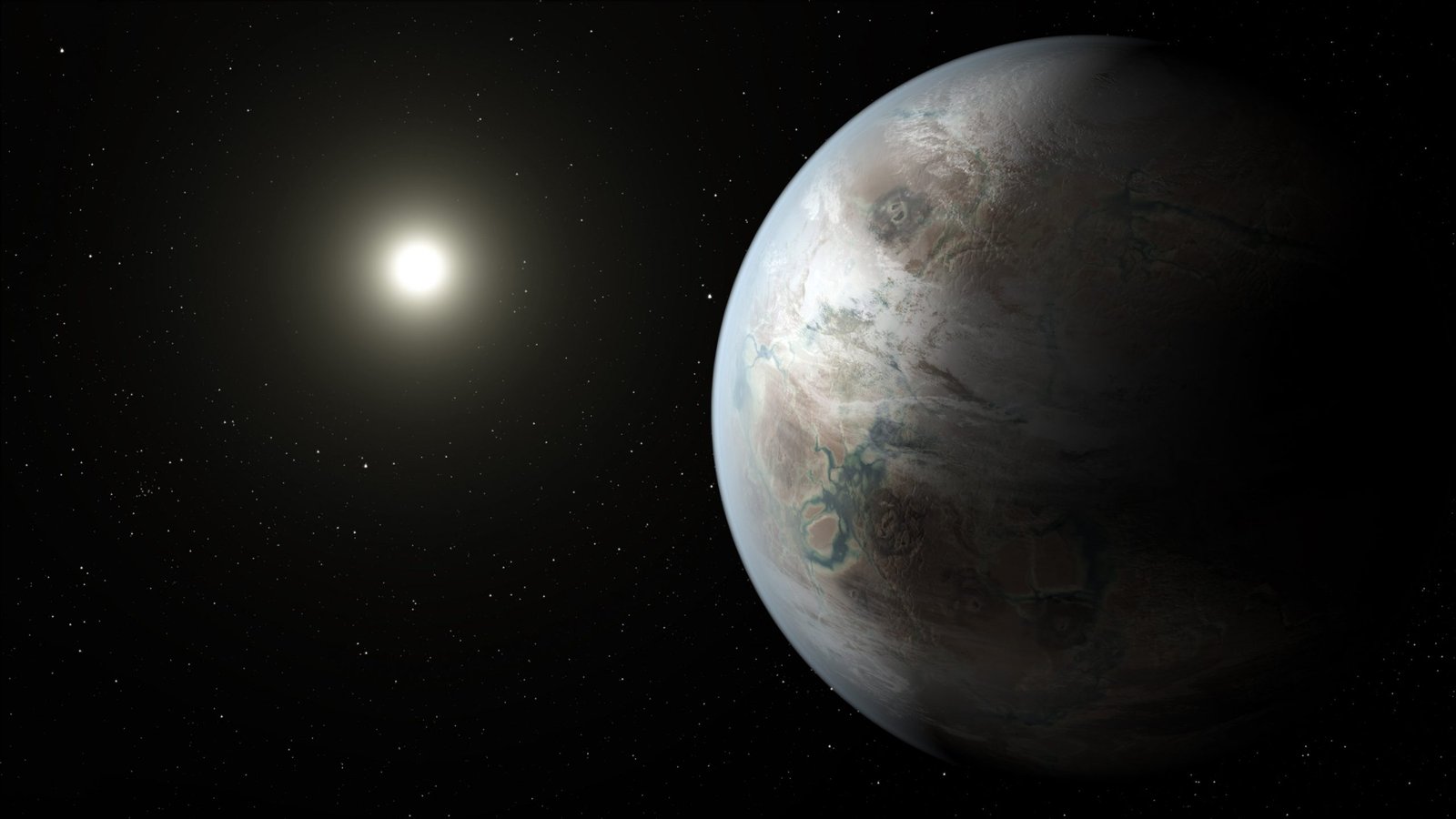In a first-of-its-kind discovery, a team of scientists from the University of Maryland in the US has come across a Jupiter-like exoplanet with Stratosphere – a layer of atmosphere in which the temperature soars with higher altitudes. This is the first time that scientists have tracked down the strongest evidence of the presence of stratosphere on a Jupiter-like exoplanet, located some 900 light years away from the earth.
The exoplanets, named as WASP-121b is a gas giant exoplanet and commonly stands for “hot Jupiter”. Scientists, using the Hubble Space Telescope of NASA, have detected the presence of the exoplanet, outside the solar system. According to Drake Deming, a professor at the University of Maryland in the US and the lead researcher of the project, “The stratosphere of WASP-121b is so scorching that it can easily create water vapour smoulder, and this is the core subject for our analysis.” For studying and exploring more about the stratosphere of the exoplanet, scientists employed spectroscopy and succeeded in analysing how the brightness of the planet changed at dissimilar wavelengths of light.
As the researchers highlighted in the study paper, the water stream of the exoplanet’s atmosphere behaves in humdrum manners in response to some particular wavelengths of light. However, this behaviour of the atmosphere is spotted depending on the temperature of the water in the atmosphere. When the temperature goes down, the water vapours are found to block the light, coming from beneath it, and when the temperature goes higher, the water molecules shine. In a similar manner, the water molecules in WASP-121b’s atmosphere emit rays as they find energy, but in the form of infrared light, which is invisible to human eyes.
As shown in the study, published in the science journal “Nature”, researchers when pointed the Hubble space telescope at WASP-121b, it managed to capture the glowing water molecules in the exoplanet’s atmosphere, which implies the planet features an active stratosphere.





